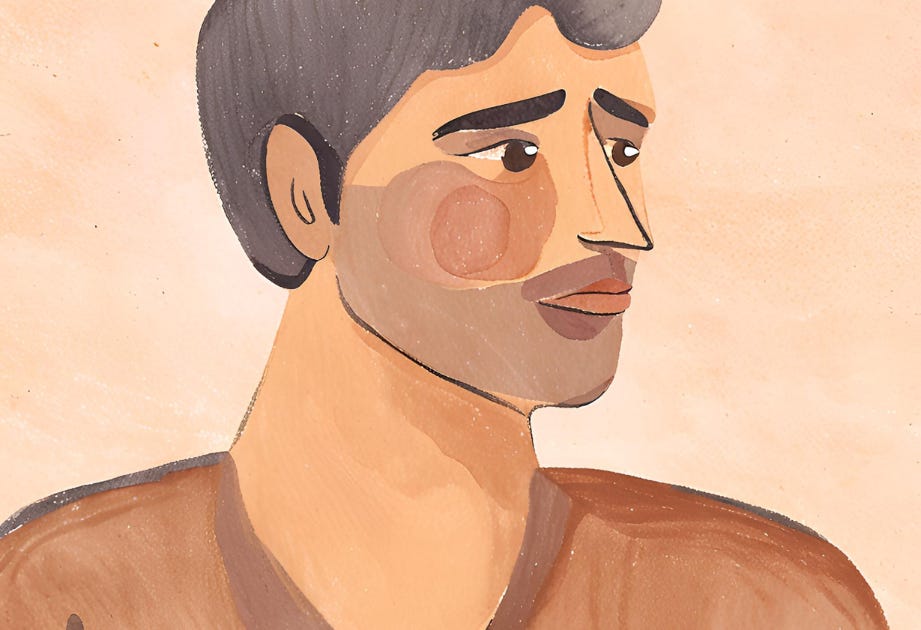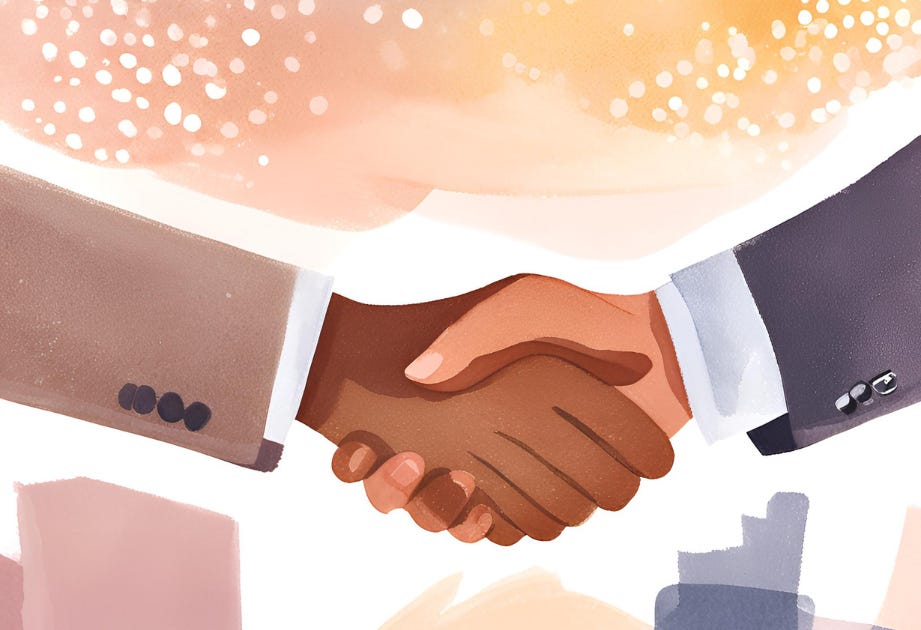What I Learned from Taekwondo
After years of Taekwondo training, this lesson stayed with me long after I left. Read more!
When I was young, my parents enrolled me in Taekwondo, a Korean martial art that focuses on self-defense through kicking and punching techniques. I spent over six years as a child learning the techniques behind the form, but as an adult, one lesson from my instructor stuck with me. He would say, “ideally, you will never need to use these skills.”
As a child, this didn’t make much sense to me. Why would I learn Taekwondo if I was never going to use it?
My instructor was not talking about the specific kicking or punching techniques. He was framing Taekwondo through discipline, control, and self-defense. He taught us that it focuses on de-escalating conflicts and protecting yourself or others, not harming.
It shouldn’t be confused with activities where violence is applauded or where dominance and physical confrontation occurs for the sake of competition or winning. I learned that martial arts teach fighting as a last resort, which is different from other activities where it is the primary focus.
In Taekwondo, we would receive belts. Belts indicate different levels, with black being the highest. On top of those belts, we were awarded stripes for mastering various techniques. In our dojang, the training hall used for Taekwondo, one stripe was for community service.
Service aligns with the core values of this martial art. Like many other sports and activities, the coach or instructor mentors the children with the goal of teaching them to adopt positive values and become responsible and supportive members of the community. My experience in Taekwondo was no different, and instilling community service as one of our martial arts techniques was our instructors’ way of solidifying this lesson in our minds: to excel in Taekwondo requires us to be responsible citizens.
When I think about this in the context of masculinity, I see similarities. With martial arts, you can combine the physical skill with positive values to help people understand how to conscientiously use the art. With masculinity, there is often an emphasis on traits like physical strength. If we coupled physical strength with the values of health and compassion, then we could help young boys and men understand how to responsibly use this trait in society. To use it to protect, not harm. If we started to teach masculinity through this lens, our world would be a safer and more compassionate one.
Related Articles
If you enjoyed this article, check out these related ones:
I Never Cried, Until It Brought Me Peace
Throughout my childhood and adolescence, I was discouraged from crying. It was considered a sign of weakness. However, as an adult, as a response to traditional masculinity, I have heard it said time and again: it’s important to cry.
Trading Fists for Friendship: Redefining Masculinity through Bridgebuilding
Recently, I had the privilege of attending the Interfaith Leadership Summit, where I facilitated several trainings on bridgebuilding for college and graduate students. In these sessions, we explored the practice of bridging divides between different groups, seeking connection and understanding across seemingly overwhelming differences. Bridgebuilding is…






